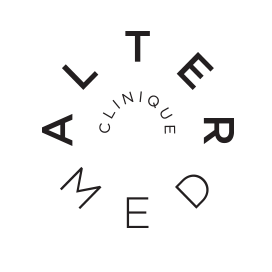Florence Charbonneau-Dufresne
Montreal physiotherapy
By Florence Charbonneau-Dufresne, physiotherapist
What is pain?
We often experience pain and want to get rid of it, but we don't know what to do. First, it is important to understand that pain is an unpleasant sensory and emotional experience resulting from actual or potential tissue damage (International Association for the Study of Pain). It is therefore an alarm signal sent to the brain to inform us of a possible attack.
It is also important to understand that there are several types of pain and that it is important to identify it well in order to be able to reduce it.
Chemical pain
Chemical pain comes from irritation of nerve endings at the injury site via inflammatory cells, which amplifies sensations at the injury site, making light touch painful. It therefore occurs in the presence of inflammation. It is often present at rest and presents as a twinge. The pain is accompanied, in most cases, by inflammatory signs such as redness, swelling and warmth. This type of pain mainly occurs following a traumatic injury such as a sprained ligament or muscle damage in the first 3 to 5 days.
It is therefore present during certain specific movements or activities (going up and down stairs, walking, etc.), but rarely at rest. It usually occurs because one or more structures in the body are not functioning as they should. That is to say, a joint can be hypermobile or hypomobile, the muscles can be too weak or too tense, the postures for work and/or sports can be inadequate. This type of pain usually occurs gradually and often without apparent cause or following inflammatory pain. In this kind of situation, the consultation in physiotherapy is quite indicated, because the physiotherapist will be able to make an evaluation and see which structures are responsible for the pain and what is the cause. He can then increase the mobility and stability of your body through manual therapy and exercises.
Peripheral neurological pain
It comes from the irritation of a nerve. It therefore manifests itself along the path of the nerve. Sometimes the nerve can be permanently compressed, while sometimes it is present only when the nerve is put under tension. The pain can therefore be present at rest or only during certain movements. It is treated either as a mechanical or chemical pain depending on the damage, so the consultation in physiotherapy can be very beneficial to identify where the nerve is irritated and why. In the meantime, avoid activities or positions that seem to contribute to the problem.
In short, pain presents itself in different ways depending on its type and its cause. Avoid recreating pain unnecessarily by avoiding provocative positions and activities in all cases. Consult your physiotherapist who can assess and guide you, because it is not only a question of identifying the painful structure, but of seeing why it is painful and treating the cause.


